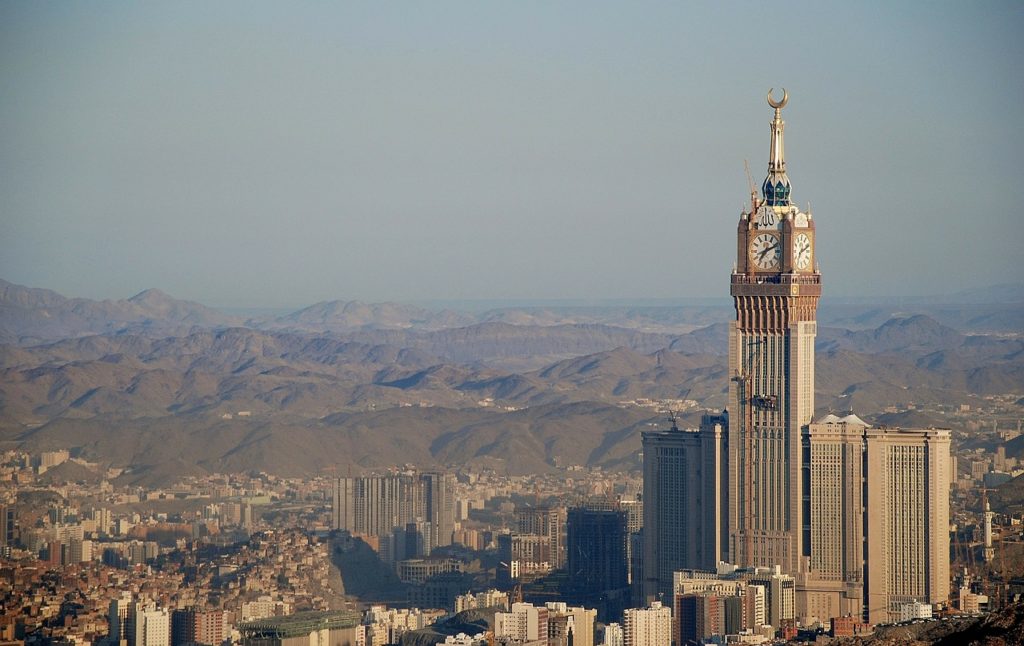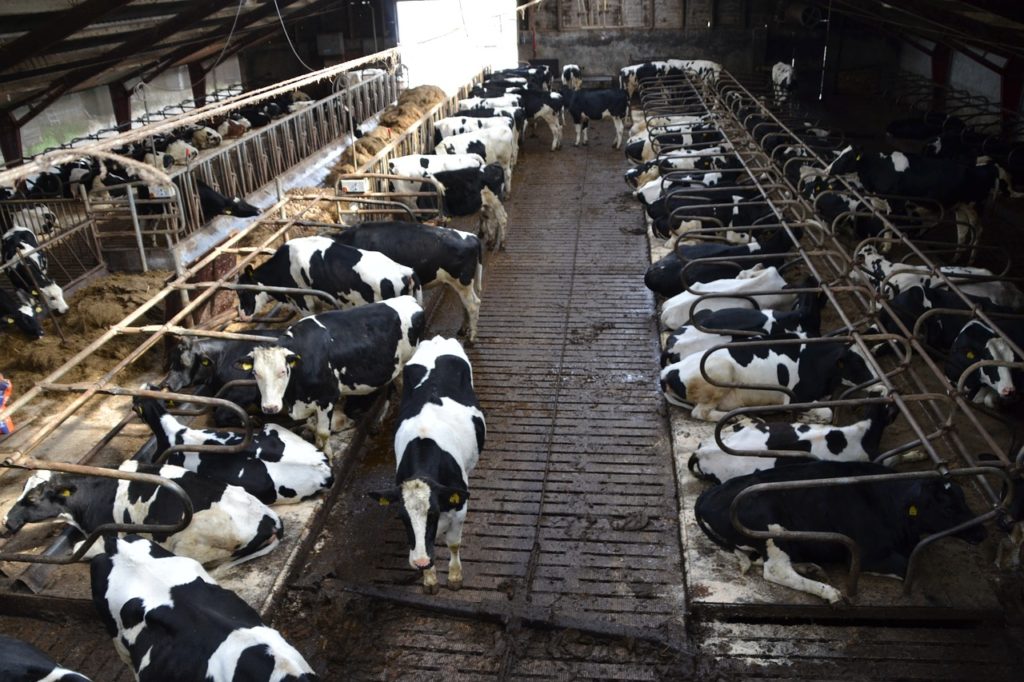Cows are thirsty animals that require a lot of water to stay healthy and even more if a farmer wants them to produce milk. In order to produce 1 liter of milk, a cow needs to drink at least 3 liters of water.
When the environment is right—in the US, for example—a single Holstein cow can produce over 7,000 liters of milk annually.
Yet, Saudi Arabia, one of the driest regions in the world, has become one of the world’s largest milk producers. Here’s how:
Saudi Arabia’s Climate
Most of Saudi Arabia is a desert. This means that the days are hot—summer highs can reach 113 degrees Fahrenheit. Nighttime is dramatically different, with winter lows that can sometimes dip below freezing.
Perhaps the most important and unusual aspect of this region’s landscape is the lack of rainfall. Most of Saudi Arabia’s rainfall is from October to March. The country averages about 4 inches of rain a year, although the amount can vary by region within the country.

Early Days of Almarai
In 1977, Prince Sultan bin Mohammed bin Saud Al Kabeer partnered with Masstock Group Holdings, a company owned by two Irish business investors. Together, they established the Almarai Company.
The company began with a small collection of about 300 cows at a facility in Al Kharj, near Riyadh, the country’s capital. Currently, the facility holds more than 65,000 dairy cows, which is only a portion of the company’s 135,000-cow herd. Almarai is now one of the largest producers of food in the Gulf region.
Almarai’s herd generates 2.5 million liters of milk daily—or approximately 40 liters per cow per day—which is more than twice as much as the average daily production at European dairy farms.
In 2004, Masstock Group Holdings sold its portion of the company to Saudi investors. A year later, the company went public. Less than a decade later, in 2013, shares had increased by more than 120 percent. To this day, the prince retains almost 30% of the company.
Technological Temperatures
Normally, a cow’s milk production would slow to nearly a stop in a desert environment. Most food and dairy products would become rife with bacteria in the heat.
The ideal temperature for milking cows is in the low 70s. To maintain this comfortable range, the Almarai facility at Al Kharj is equipped with a number of technologies. Mist machines and fans serve as cooling devices, and the air is computer-monitored for humidity and temperature.
In order to ensure a bacteria-free milking process, the cows are washed carefully immediately prior to all four of their daily milkings.
However, the major question remains: where in the desert can you find the food and water necessary for these cows?
The Californian Model
 The method used to support these cows on very little land in an arid climate is called “The Californian Model.” This simply means that food for the cows is imported, rather than grown and collected on-site. In 2013, Almarai reported that feed could account for as much as three-quarters of the total operating costs.
The method used to support these cows on very little land in an arid climate is called “The Californian Model.” This simply means that food for the cows is imported, rather than grown and collected on-site. In 2013, Almarai reported that feed could account for as much as three-quarters of the total operating costs.
Some of the cows’ sustenance is grown on Almarai-owned farms, while the rest is imported from outside of the country, much of it from South America. Almarai purchased a farm in Argentina in 2011, and it now ships food sources such as alfalfa almost 8,000 miles from the Argentinian farm to its Saudi Arabian facilities.
Almarai reports that it gets water for the cows from an aquifer more than 1,000 feet below the farm. Aquifers are a limited resource, though, and some reports show that it is depleting quickly. Almarai hasn’t publicly explained how it plans to continue providing water to its herd once the aquifer dries up.
Company Expands
Under the Almarai brand name, the company produces dairy products, including several types of milk, cheese, yogurt, butter, and juices. After experiencing great success in the dairy market, Almarai decided to expand.
In 2007, Almarai purchased a baked goods company in the city of Jeddah. Shortly thereafter it constructed its own bakery near the Al Kharj dairy farm, which produces cupcakes, bread, buns and croissants under the L’usine brand, as well as additional baked goods under the 7Days brand.
Around the same time, Almarai acquired Hail Agricultural Development Company (HADCO). Through HADCO, the company became involved in poultry production and created its own brand, Alyoum.
In 2009, Almarai partnered with the Pepsi Company to create International Dairy and Juice Limited (IDJ).
The company’s most recent expansion was into the infant formula and baby cereal industry. Almarai partnered with Mead Johnson Nutrition to create the International Pediatric Nutrition Company. Almarai also constructed a facility for formula production at Al Kharj.
A Middle Eastern Trend
Almarai is not the only dairy farm in the Middle East—it’s simply the largest. Al Ain Dairy Farm in the United Arab Emirates is one of Almarai’s largest regional competitors. In 1981, Al Ain was established as the first dairy farm in the country. Its products include a variety of food and drinks manufactured from dairy cows, as well as juices and camel milk.
Possessing per cow yields of 10,000 liters a year, Al Ain is not far behind the production volume of Almarai. It remains to be seen how these dairy farms will tackle the issue of water security in the future.

